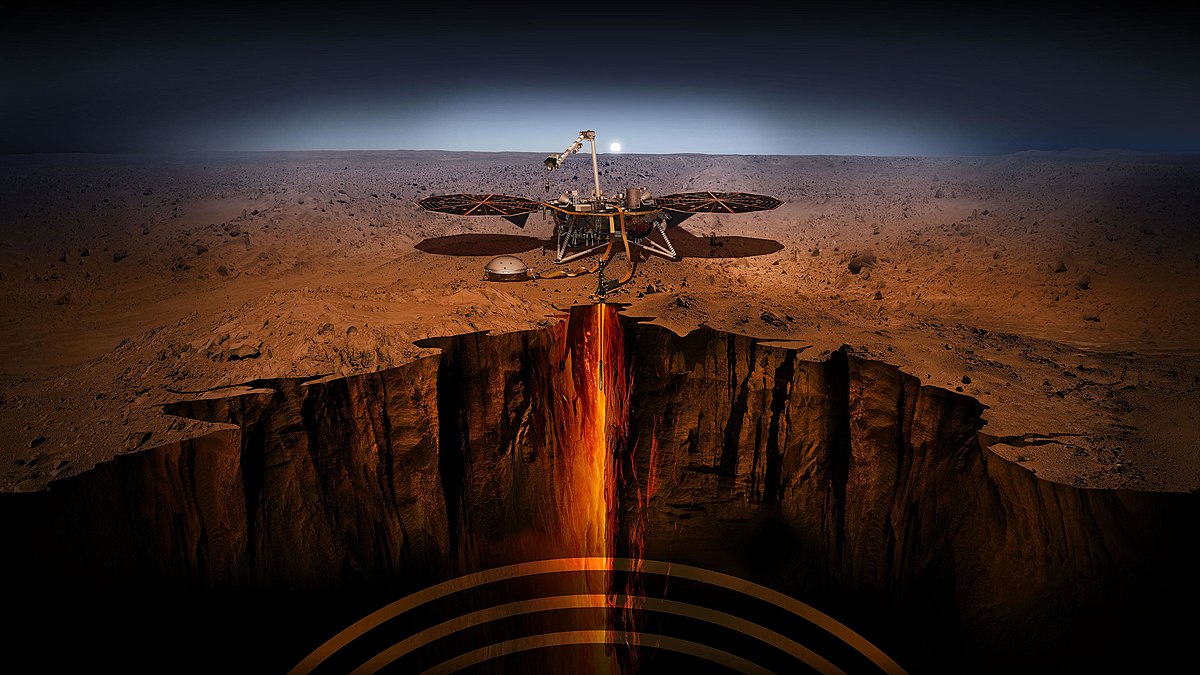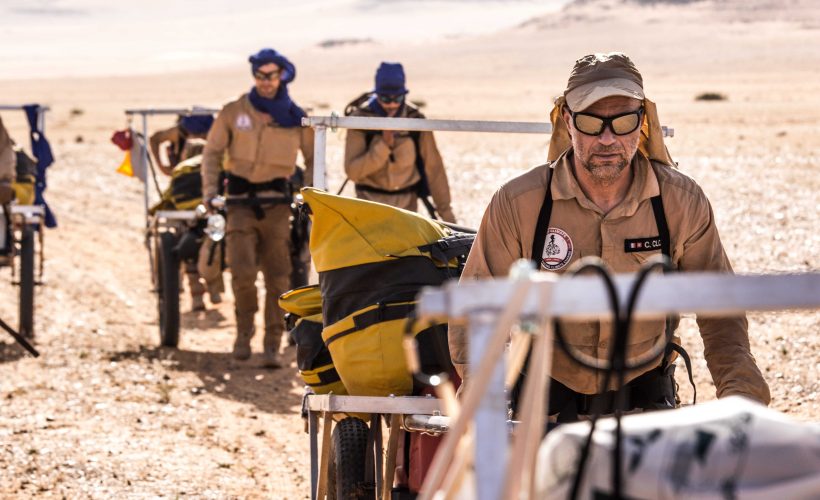Tech & Business
7.20.2020
Destination Mars for the first interplanetary mission of the Arab world

For the first time in history, an interplanetary mission bringing together several states of the Arab world launched a probe into space. Its target: the red planet, Mars.
Space, the “new frontier” of the Arab world?
On Sunday 19 July, at 21:58 England time, millions of television viewers were able to admire the majestic flight of the Emirati probe “Al-Amal” towards the sky. The probe, whose name can be translated into English as ‘hope’, left Earth from the Tanegashima Space Center in Japan, after being delayed last week due to bad weather. The launch is a historic event, as it is the first interplanetary mission bringing together several states of the Arab world.
Moments that make history… The Emirates Mars Mission team participates in the first Arabic countdown from Japan… The countdown that ushers a new era for Arab space exploration. #HopeMarsMission #HopeProbe pic.twitter.com/PaKk75e5F9
— Hope Mars Mission (@HopeMarsMission) July 19, 2020
The “Al-Amal” programme is far from being the first space test for Arab countries. The U.A.E. has already launched satellites in 2009 and 2013, but they had been developed with South Korean partners. The emirates eventually set up their own space agency in 2014, following the example of NASA in the United States and ESA in the European Union. The start of a great adventure and a race against time. While most Martian missions take between 10 and 12 years to develop – UAE scientists have only had six years to complete the project. They partnered with a laboratory at the University of Colorado and consulted with the Mars Exploration Program Analysis Group (MEPAG), a forum created by NASA, to plan Mars exploration.
The challenge seemed immense for the teams, especially since they had to catch up with the mastodons of space conquest that are the United States and China. Indeed, the United States reaffirmed its willingness to launch missions to Mars this summer. China seems to want to take over the Soviet legacy and has announced that it wants to launch its Tianwen 1 for Mars during the summer. In what looks like a new space race – and more specifically to the planet Mars – the Arab world has thus taken the lead and could beat the two superpowers in the Red Planet sprint to the pole.
A probe on Mars in February 2021… waiting for humans?
Despite this competition, the success of the probe’s launch was warmly welcomed around the world. NASA tweeted its congratulations after the successful launch of “Al-Amal” by writing on the official Twitter page of Perseverance – the American mission that seeks to reach Mars – :
To the @HopeMarsMission: Congratulations on your launch! I wish you a successful journey and look forward to the sol when we are both exploring Mars.
رحلة موفقة pic.twitter.com/AsnkYINX2C
— NASA's Perseverance Mars Rover (@NASAPersevere) July 19, 2020
“It’s an honor to be part of the global effort to explore deep space,” the official post-launch report of the Hope Mars mission tweeted. “The Hope probe is the culmination of every step humans have taken throughout history to explore the unknown depths of space.”
The probe launched yesterday is expected to reach the Red Planet’s orbit around February 2021… It will act as an artificial satellite for about 687 days (the time it takes for the sun to complete one complete revolution) to collect data on the Martian atmosphere and its climatic variations. The study of Mars’ weather system, including changes in its atmosphere and climate, could help us understand how Mars – a planet that shared characteristics with Earth – went from having rivers and lakes to having no water on its surface.
This ambitious mission, whose leitmotif is to increase human space knowledge, may well be the start of a mission that is even more ambitious. Indeed, the U.A.E. has set itself the goal of building a human colony on Mars within a century! An exploit which would allow, on the one hand, to decorrelate forever the great hours of the space conquest of the Cold War between the Soviets and Americans and on the other hand to allow the Arab world to inscribe its mark in the golden book of the history of space conquest, on the same level as the Russian exploits of Sputnik and American exploits of the Apollo mission.
popular

